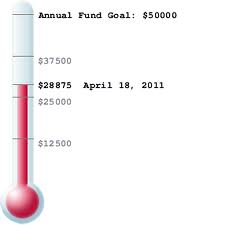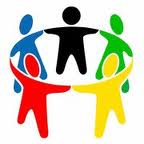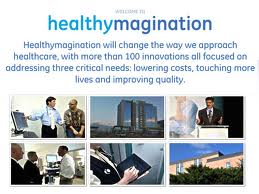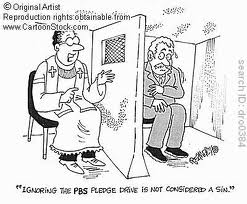 We are literally just a few days away from the stockings being hung by the chimney with care in hopes that a big fat man breaks into your home in search of cookies and milk. In an effort to align this blog with the spirit of the season, I thought it might be fun to focus on the following holiday inspired question: “What would be the twelve days of resource development if such a song was written?”
We are literally just a few days away from the stockings being hung by the chimney with care in hopes that a big fat man breaks into your home in search of cookies and milk. In an effort to align this blog with the spirit of the season, I thought it might be fun to focus on the following holiday inspired question: “What would be the twelve days of resource development if such a song was written?”
On Monday, we kicked things off with Days 1, 2 and 3. On Tuesday, we looked at Days 4, 5, and 6 with two great reader suggestions from Barb Allen and Susan Rudd. Yesterday, we talked about Days 7, 8, and 9 and were blessed with a suggestion via Twitter from Ann Rosenfield, CFRE. So, I guess today is the grand finale.
I want to thank Dani Robbins (principal at Non Profit Evolution) and Barb Reynolds (Regional Chief Development Officers for the North Texas Region of the American Red Cross) for weighing in with their suggestions on what the tenth and twelfth days of resource development should be. However, before unveiling their suggestions, let’s recap the last few days:
- On the first day of resource development, my favorite donor gave to me . . . a signed pledge with a large increase over last year’s gift level.
- On the second day of resource development, my favorite group of fundraising volunteers gave to me . . . a commitment to work pledge cards and help put together our special events.
- On the third day of resource development, my favorite resource development committee gave to me . . . three key written plans spelling out success in 2012 (e.g. resource development plan, prospect cultivation plan, and a donor stewardship plan.
- On the fourth day of resource development, my most engaged and best donors gave to me . . . four fun cultivation parties that helped open the door to a warm group of new (and generous) prospects. (Barb Allen’s suggestion)
- On the fifth day of resource development, the kids at the Boys & Girls Club gave to me . . . five truck-loads of holiday goodies and hand-decorated ornaments that will be given to some of the Club’s best donors. (Susan Rudd’s suggestion)
- On the sixth day of resource development, my major gifts program gave to me . . . six program staff employees who helped the resource development staff and major gifts volunteers put together a “menu of opportunities” (thus signifying elimination of organizational silos and a healthy partnership between the resource development and program departments)
- On the seventh day of resource development, my prospect researcher gave to me . . . 7 new donor prospects with 7 figure gift capacity. (Ann Rosenfield’s suggestion)
- On the eighth day of resource development, the board development gave to me . . . eight new board volunteers who have an amazing understanding of resource development, lots of experience with fundraising, and ideas they are dying to share that will re-shape the organization’s RD Plan to reflect “The New Norm” of our economy.
- On the ninth day of resource development, resource development thought leaders gave to me inspiration to practice . . . the 9-keys to inspiring and managing your board towards fundraising success (which are 1. Planning, 2. Setting Expectations, 3. Training, 4. Organization, 5. Well run and important meetings, 6. Accountability, 7. Urgency, 8. Celebration & Recognition, and 9. Mission-focus)
Here is what Dani suggested the tenth day of resource development should be:
- On the tenth day of resource development my Board of Directors gave to me . . . 10-hours they’ve set aside for training, prospecting and planning.
Since no one weighed in with a suggestion for the eleventh day, here is my thought:
- On the eleventh day of resource development my donor database gave to me . . . 11 donors who were willing to participate in a focus group on how my agency can improve its resource development efforts.
And finally, here is what Barb suggested the twelfth day of resource development should be:
- On the twelfth day of resource development my annual campaign volunteers (also possible that it was the website’s “donate now button”) gave to me . . . twelve donors who opted for a monthly EFT gift for each of the 12 months of the year.
Great job everyone! I was reminded the other day in an e-newsletter from Marc Pitman — aka The Fundraising Coach — that “30% of all donations come in December.” With this thought in mind, my holiday wish for you is that your December is very active and profitable. Keep pushing all the way to December 31st at 11:59 pm.
Here’s to your health!
Erik Anderson
Founder & President, The Healthy Non-Profit LLC
www.thehealthynonprofit.com
erik@thehealthynonprofit.com
http://twitter.com/#!/eanderson847
http://www.facebook.com/eanderson847
http://www.linkedin.com/in/erikanderson847






















